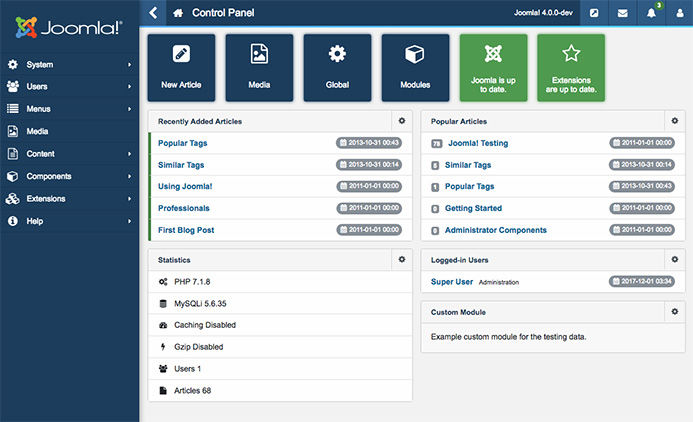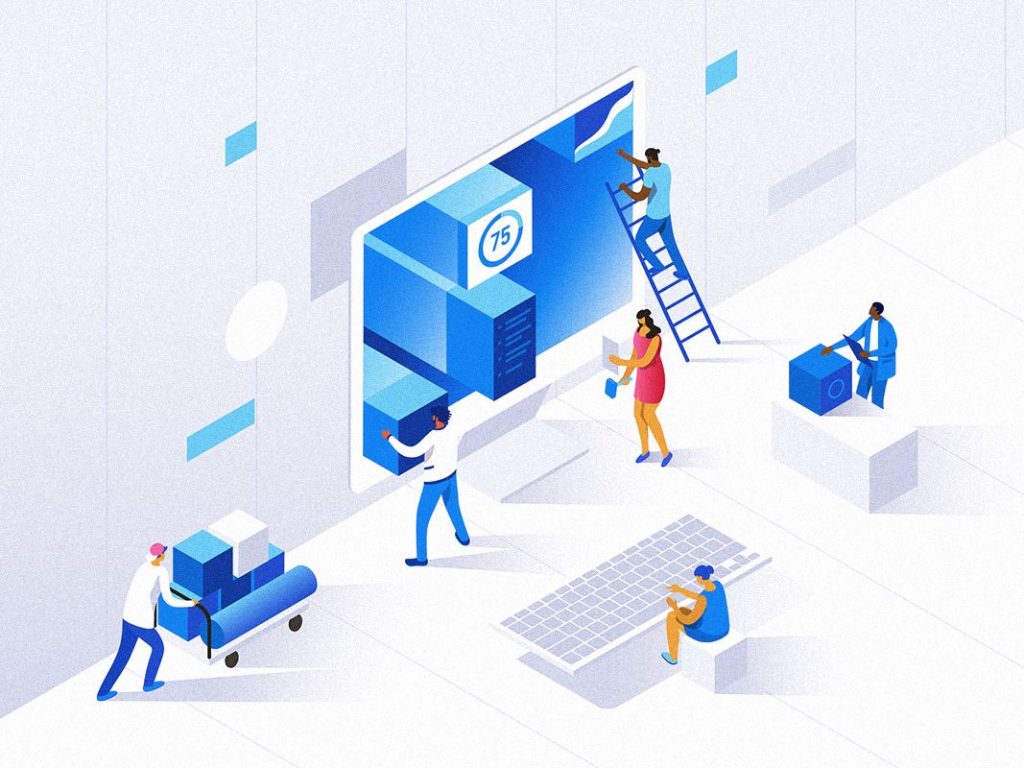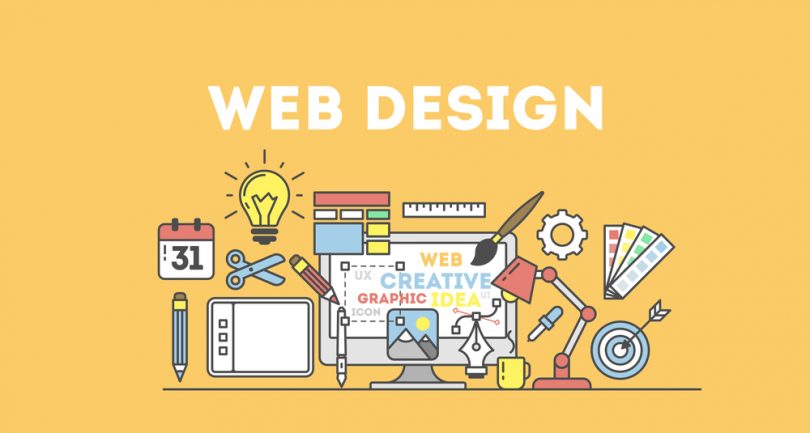Web Design Principles Explained
The web design is one of the most common and significant job profiles in the IT industry. This is because with an increase in connectivity numbers, there are more people getting access to the internet and it has become imperative for the businesses as well as clients to get their product or services online. For this purpose they would need their own space online which can be fulfilled by launching their website thus enabling their content to reach a global audience. If you are into web design then it is important to first collect information regarding the varying requirements of the client and then based on that design a website that is user-centric and one which provides a seamless experience to the end users.
The web design is a comprehensive process that requires multiple stages of planning and implementation. A good web developer will always have the user experience in mind before developing the template of the website. As a client, having your own website you must ensure that all of your business processes are integrated well within the technology of the website to provide a smooth and seamless experience to the end users. Depending on the requirements of the client the processes of a website must all swing into action once the website is invoked by a user and communication is established with the server. The success of the website is determined by its ranking in the search engine algorithms of popular search engines like Google and Yahoo amongst others.
Key points for web design
There are two fundamental objectives to consider when designing a website to ensure maximum productivity and a high ranking score in the search engines. The seamless experience of the user interface and the high quality content on the website to keep the user engaged and engrossed. The success of these two metrics will ensure that the user spends more time on your website and thus contribute to a high ranking on the search engine algorithms.
The technology is changing and evolving fast thus as a web developer it is important to keep yourself updated with the latest tools and mechanisms in your domain. For instance the introduction of the development tools like Joomla and WordPress recently has made the process of website design much more easier and convenient for the developers. As a web designer you must always look for the latest tools as well as techniques for improving your skills and delivering a quality end product in a shorter turn-around time.

When you are designing a website there are certain performance metrics that you must strive to achieve which will deliver a smooth as well as seamless web experience for the users. These metrics or parameters are user-centric design, rapid functional development, management of flat project hierarchy, obtaining version control and ensuring the testing of the external components.
The version control is one of the crucial factors in the successful implementation of the website design. In any sort of platform or environment where a component is undergoing development or alteration it is important to keep track of the module versions as well as their integration with specific versions of the module for the efficient implementation of that process. You should not waste your resources or time on incompatible modules of software at either development or testing stage of the website. It is also important to follow a scheduled time-line when designing a website to achieve a stream-lined implementation of the website.
When designing a website it is important to keep track of the latest trends and technologies that are dominant in the industry to ensure modern standards, features and functionalities. Let us have a brief look at these trends and features.

3D illustration: The brands like Stripe and Pitch have continued their push for the 3D illustration in the modern web design trends. The web designers are looking to provide realism as well as depth to the graphics so that it can blur the boundaries between the physical and the digital spheres. This also sharpens contrast between humans and digital content as it brings together the imaginary spaces where people manipulate and grasp the digital elements.

Micro-interactions: The micro-interactions are basically events that has one purpose which is to surprise the users and enable the creation of an event which is human and inviting. For instance every time whenever you take a small action on any app or website, you get a specific response to that which is known as the micro-interaction. Like when you check the social media sites for updates and you see the red icon displaying notification count or messages then that action is called the micro-interaction. The micro-interactions help engage the audience with subtle dynamic messages and actions that also make the web pages more interactive and smart.
